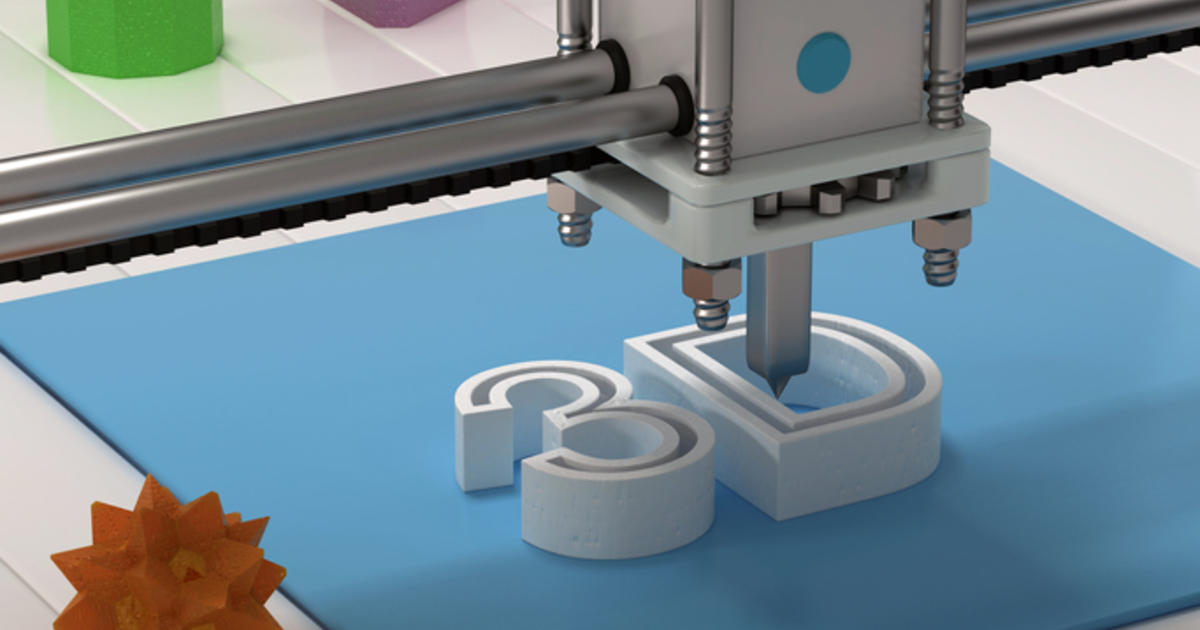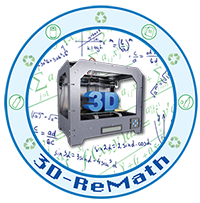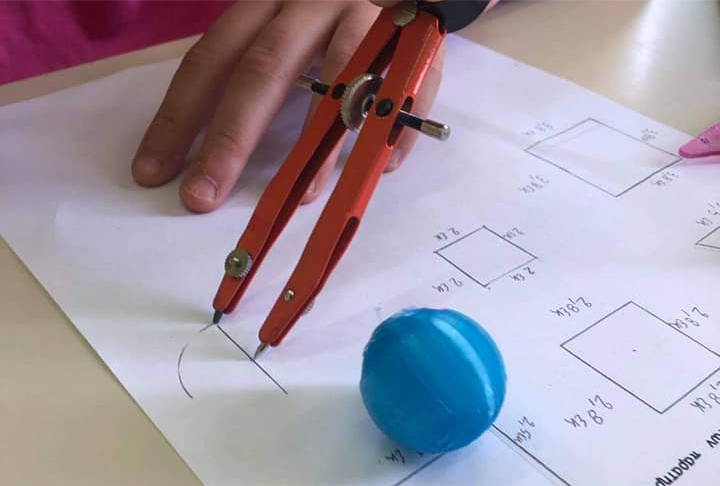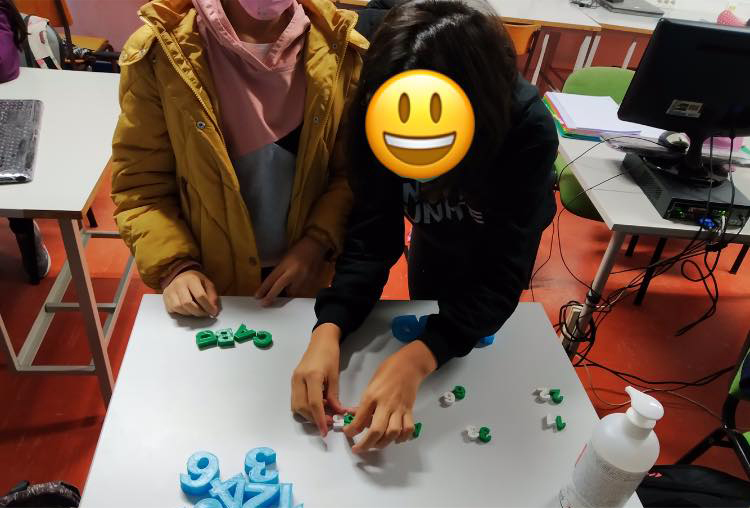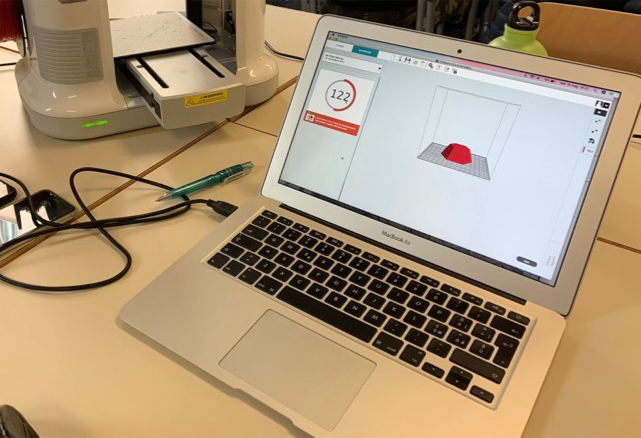CURRICULA ON 3D PRINTING
OVERVIEW OF THE SESSIONS
- Introduction to basic 3D concepts
The context of this session concerns the introduction of 3D sector, presenting information regarding the correspondent processes, i.e. modeling, rendering, scanning, printing. By this way, the audience will be aware on the application and several 3D techniques, in order the 3D printing, the discussed topic of this part, to be understandable. Consequently, main information concerning 3D printing, e.g. its benefits, will be discussed.
- 3D Printing Generic Process
The aim of this session is to train the audience on the process of printing, starting from the step of the appropriate 3D printing software and concluding with the printed object. The explanation of these steps supports the following sessions, as by delineating the whole flow of printing, the advanced information is possible to be comprehended.
- 3D Printing Principles
In order to have the best 3D printed objects, some rules are recommended and should be followed. These are analysed in this session, aiming to be absorbed by the audience and used during the preparation of 3D printing.
- 3D Printing Materials
The capacities of the 3D printing cannot be independent of the used materials. Wide variety of materials are offered to create objects, such as jewels and several cases,while they differ in their use, texture etc. In this session the categories of 3D printing materials will be presented.
- 3D Printing Techniques
The goal of this session is to specify the basic features of a 3D printer as well as the processes that a user needs to get acquainted with, in order to accomplish succeeded 3D printing. There is a particularly wide range of 3D printers, which vary in features, capabilities and price range. It is critical that the preparatory procedures of the 3D printer, the settings of the slicer along with the design of the 3D model in first place, to be the required according to the type of printer.
- 3D Printing Post-Process
In this session, the Post-Processes of 3D printing will be presented. Specifically, it will be clarified in which cases these processes are needed, which kind of modifications could be applied. Additionally, some rules that protect the 3D objects will be given.
- Common 3D Printing Problems
In this session, the most common 3D printing errors and issues will be presented. The session aims in explaining the more usual sources of those issues (whether they were caused by the model’s design, by the slicer, by the 3D printer’s settings or by a third party-factor) and providing the best possible solutions. Furthermore, an overall sum-up of the 3D printing procedures, issues and solutions will be given in the form of FAQ.
- 3D Printing Applications
In recent years, with improvements and variations in the technologies of both the machines and materials used in them, costs have been coming down, making 3D printing more accessible and cost-effective, in industry and education. In this session, the applications of the 3D printing will be given along with its offered benefits for each field.
